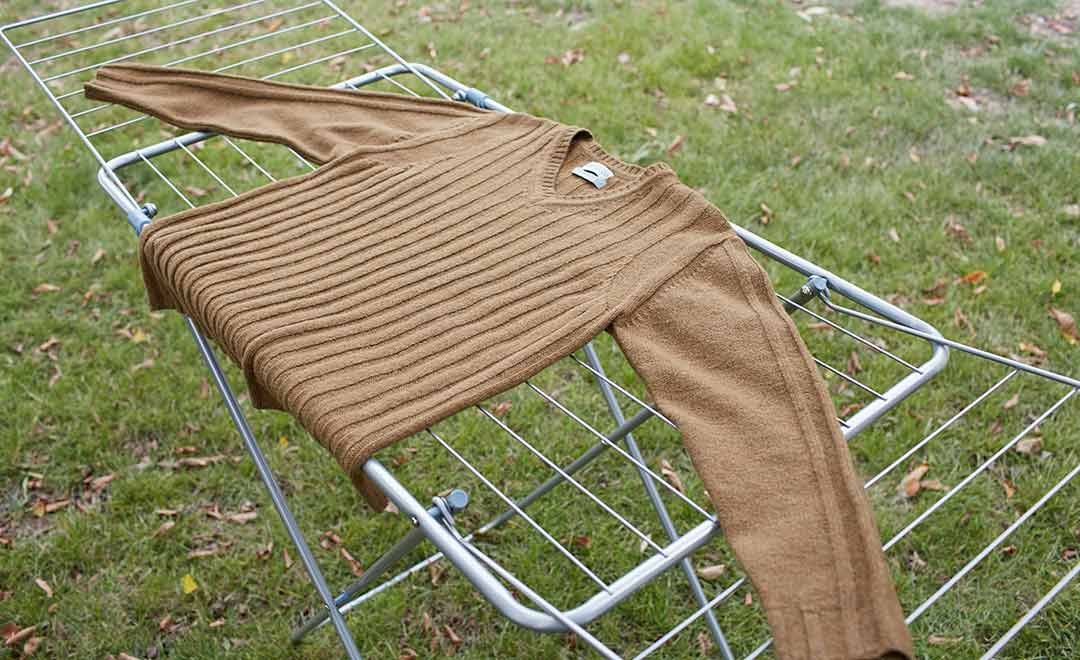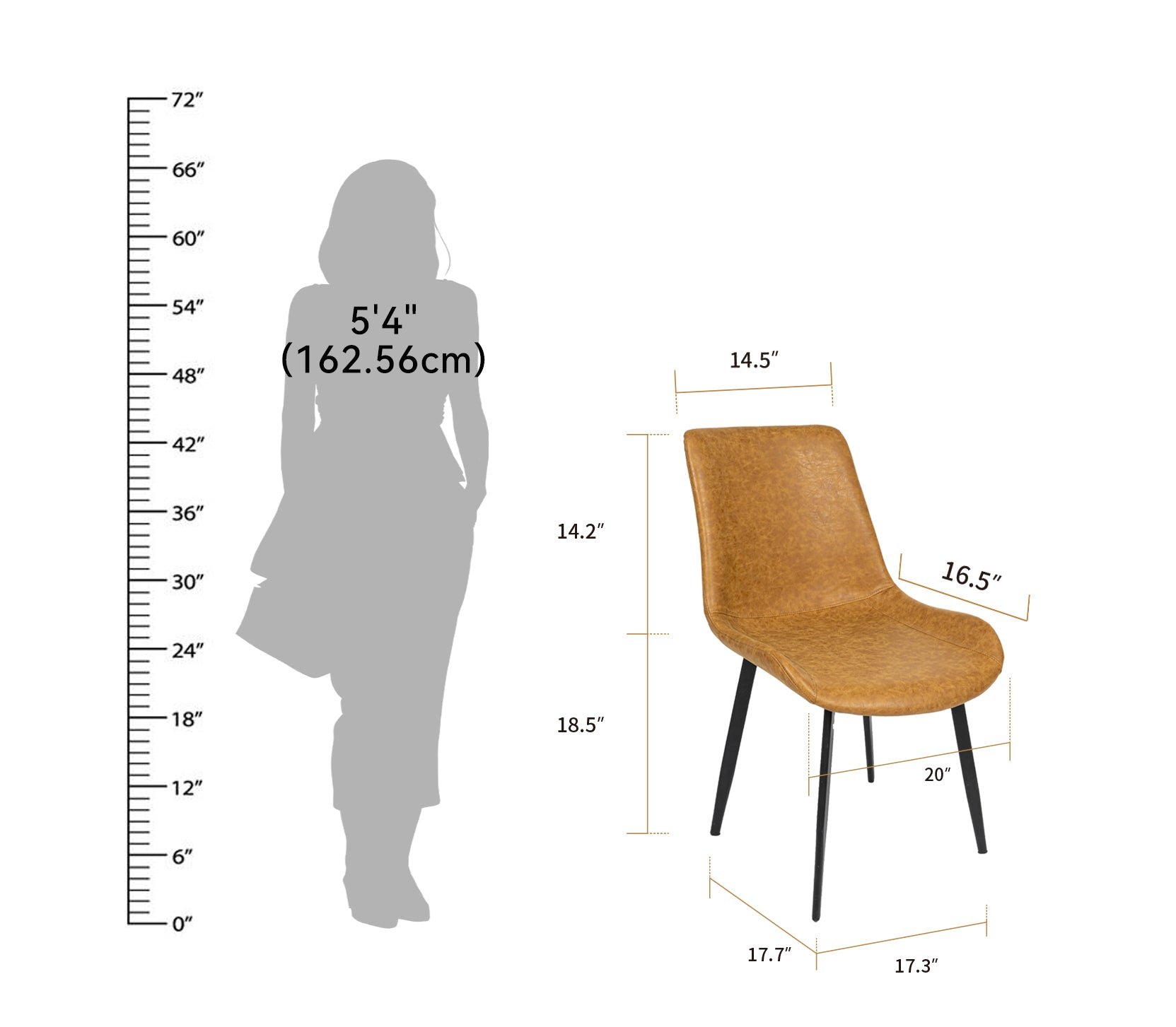To dry wool effectively, always lay it flat on a clean towel. Gently shape the wool garment to maintain its original form before leaving it to air dry. Avoid hanging wet wool to prevent stretching. To speed up the drying process, consider using a fan or dehumidifier. Proper drying is crucial to maintaining the integrity and shape of your wool items. Remember, how to dry wool correctly ensures longevity and quality in your favorite pieces.
How to Dry Wool: A Comprehensive Guide
Welcome, wool enthusiasts! If you’ve ever wondered about the best way to dry wool without damaging its delicate fibers, you’ve come to the right place. Whether you’re a seasoned knitter, a proud owner of wool clothing, or simply someone curious about the care of this fantastic material, this guide will walk you through everything you need to know about drying wool effectively and safely.
Why Drying Wool Properly Is Essential
Before we dive into the specifics of how to dry wool, let’s take a moment to understand why it’s crucial to handle this natural fiber with care. Wool is known for its exceptional warmth and softness, but it can also be prone to shrinking and losing its shape if not dried correctly.
Improper drying techniques, such as using high heat or rough handling, can cause your wool garments to become misshapen or felted. By following the right drying methods, you can help preserve the integrity of your wool items and ensure they look and feel their best for years to come.
The Best Practices for Drying Wool
When it comes to drying wool, there are several tried-and-true methods that work well for a range of wool items, from sweaters to blankets. Let’s explore some of the most effective ways to dry wool:
Air Drying
Air drying is one of the gentlest and most straightforward methods for drying wool items. To air dry your wool, start by gently reshaping the garment if needed to maintain its original form. Then, lay the wool item flat on a clean, dry towel away from direct sunlight and heat sources. Allow the garment to dry naturally, flipping it over periodically to ensure even drying.
For larger wool items like blankets, you can hang them over a drying rack or clothesline, making sure to support the weight evenly to prevent stretching. Air drying is ideal for maintaining the shape and texture of your wool items without causing any damage.
Using a Drying Rack
If you prefer a more structured approach to drying wool, a drying rack can be a handy tool. Drying racks allow air to circulate around the wool garment, facilitating faster and more even drying. Simply place your wool item on the rack, making sure it is evenly spread out to promote optimal airflow.
When using a drying rack, it’s essential to place it in a well-ventilated area away from direct sunlight and heat sources. This method is particularly useful for smaller wool items like hats or gloves that may not lay flat easily.
Machine Drying with Caution
While air drying is generally the safest option for drying wool, some wool items may be labeled as machine washable. If you choose to machine dry your wool garment, it’s crucial to use the gentlest cycle possible with low heat. Always refer to the care label on your wool item for specific instructions.
Before placing your wool item in the dryer, check that it is suitable for machine drying and use a wool-friendly detergent to help maintain its softness and shape. Remove the garment promptly once the drying cycle is complete to prevent over-drying and potential damage.
Tips for Drying Different Types of Wool
Not all wool is created equal, and different types of wool may require slightly different drying methods. Here are some tips for drying specific types of wool:
Merino Wool
Merino wool is known for its exceptional softness and breathability, making it a popular choice for base layers and activewear. To dry Merino wool, follow the general guidelines for air drying, ensuring the garment is reshaped gently to maintain its form. Merino wool dries relatively quickly, so check on your item periodically to prevent over-drying.
Cashmere Wool
Cashmere wool is prized for its luxurious feel and warmth, but it requires careful handling to maintain its quality. When drying cashmere, avoid wringing or twisting the garment, as this can cause stretching or damage. Instead, gently press out excess water and lay the cashmere item flat to dry on a towel.
Lambswool
Lambswool is known for its softness and durability, making it a favorite for cozy sweaters and accessories. To dry lambswool, follow the air drying method, reshaping the garment as needed. Avoid hanging lambswool items, as this can cause stretching, and opt for flat drying to preserve the natural shape of the wool.
Common Mistakes to Avoid When Drying Wool
While proper drying techniques can help maintain the quality of your wool items, there are some common mistakes to avoid to prevent damage:
Avoiding High Heat
High heat, whether from direct sunlight or a dryer, can cause wool fibers to shrink and become misshapen. Always opt for gentle drying methods with low heat to preserve the integrity of your wool items.
Skipping Reshaping
Reshaping your wool garment during the drying process is essential for maintaining its original form. Neglecting to reshape the garment can result in wrinkles, stretching, or misshapen areas that may be challenging to correct.
Using Harsh Chemicals
When washing or drying wool, avoid harsh chemicals and detergents that can strip the natural oils from the fibers. Opt for mild, wool-friendly detergents and follow the care instructions on your wool items to ensure they last for years to come.
In Conclusion
Learning how to dry wool properly is a valuable skill that can help you preserve the beauty and quality of your wool garments and accessories. By following the best practices outlined in this guide and paying attention to the specific needs of different types of wool, you can enjoy your favorite wool items for years to come.
Remember, when it comes to drying wool, gentle handling and patience are key. Whether you choose to air dry, use a drying rack, or opt for machine drying with caution, always prioritize the well-being of your wool items to ensure they stay soft, cozy, and looking their best.
So, next time you wash your favorite wool sweater or blanket, put these tips into practice and watch as your wool items maintain their quality and comfort for years to come. Happy drying!
How to dry a sweater #shorts #delicates
Frequently Asked Questions
How can I properly dry wool clothing?
To dry wool clothing, start by gently squeezing out excess water after washing. Then, lay the item flat on a clean, dry towel and roll it up to absorb more moisture. After that, reshape the garment to its original form and lay it flat on a drying rack or a fresh towel away from direct sunlight and heat sources. Allow it to air dry completely before storing or wearing.
Can I hang wool items to dry?
Avoid hanging wool items to dry, as this can cause them to stretch out of shape. Hanging can also lead to distortion and damage. It’s best to lay wool garments flat during the drying process to help them maintain their shape and integrity.
Is it safe to use a dryer for drying wool?
Avoid using a dryer to dry wool items, as the heat and tumbling motion can shrink and ruin the fabric. Opt for air drying by laying the wool garment flat to ensure it retains its shape and quality. Heat and agitation from a dryer can also cause wool to felt or become misshapen.
Final Thoughts
In conclusion, drying wool properly is crucial to maintain its shape and quality. After gently squeezing out excess water, reshape the wool garment and lay it flat on a towel to absorb moisture. Avoid hanging wet wool items, as they can stretch out of shape. Patience is key when drying wool, ensuring it retains its original form. By following these steps, you can effectively preserve your woolen items for future use. Remember, the way you dry wool can significantly impact its longevity and appearance.




